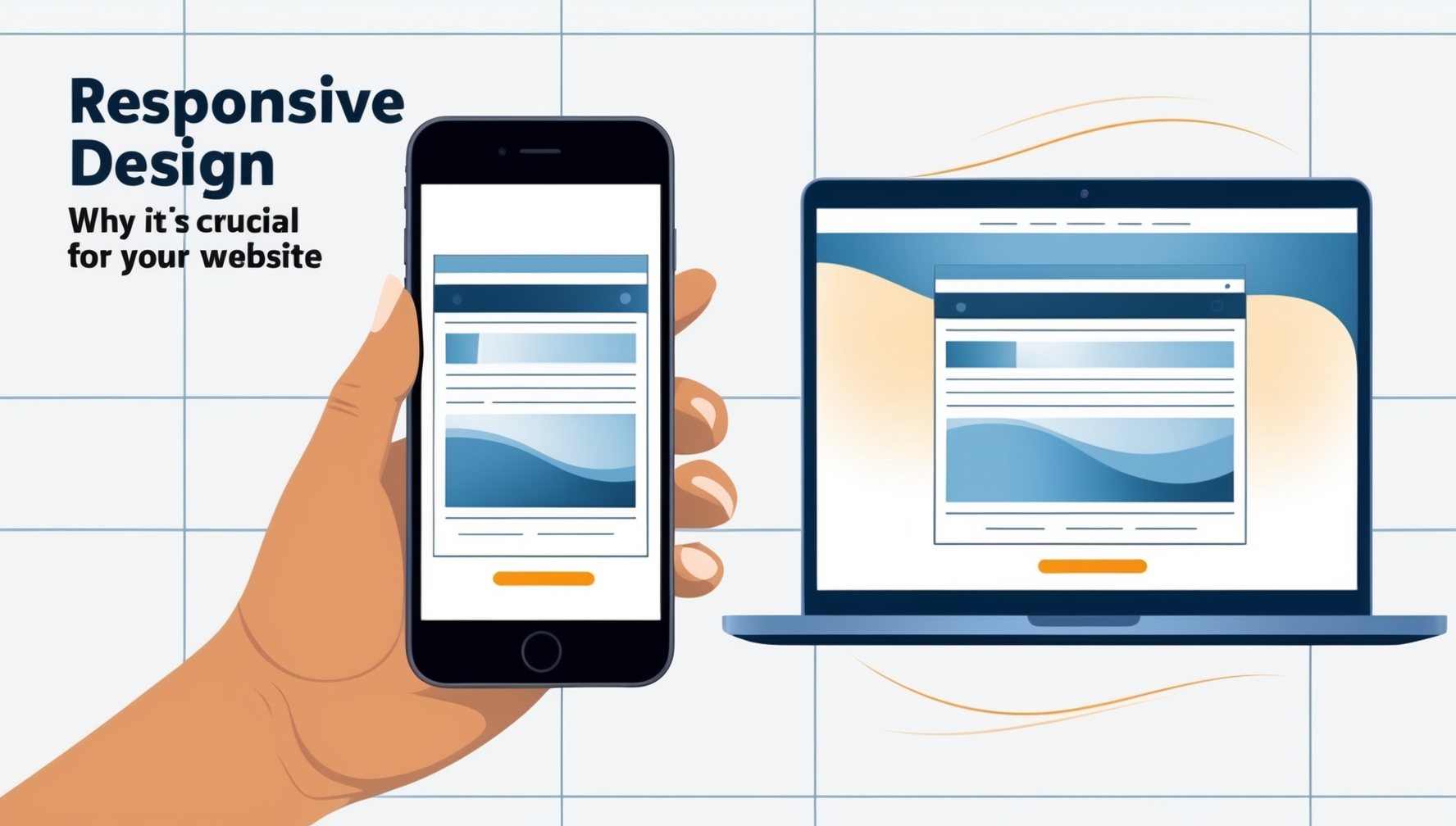In today’s digital landscape, having a responsive website is no longer a luxury—it’s a necessity. With the increasing use of mobile devices to access the internet, responsive design ensures your website provides an optimal viewing experience across all devices. Here’s why responsive design is crucial for your website.
1. Improved User Experience
Responsive design adapts your website’s layout to fit different screen sizes, providing a seamless user experience whether visitors are using a smartphone, tablet, or desktop.
- Easy navigation: Users can effortlessly navigate through your site on any device. Incorporating effective landing page elements ensures that users are not only navigating easily but also finding key information and calls to action quickly, enhancing the overall user experience.
- Consistent experience: Ensures that your website looks and functions well across all devices, maintaining consistency in design and functionality.
- Reduced bounce rates: A site that is easy to use on any device encourages visitors to stay longer and engage with your content.
2. Higher Search Engine Rankings
Search engines like Google prioritize mobile-friendly websites in their rankings. A responsive design can improve your site’s SEO performance, helping it rank higher in search results.
- Mobile-first indexing: Google primarily uses the mobile version of a website for indexing and ranking, making a responsive design essential.
- Improved loading times: Responsive sites often load faster, which is a key factor in search engine ranking algorithms.
- Better user engagement metrics: A responsive design can lead to better user engagement, lower bounce rates, and higher dwell times—all of which can positively impact SEO.
3. Cost-Effective and Time-Saving
Maintaining a separate mobile site can be time-consuming and costly. Responsive design eliminates the need for a separate mobile version, streamlining the process.
- Single codebase: You only need to manage one website, reducing maintenance time and costs.
- Easier updates: Any changes made to the site are automatically reflected across all devices, saving time and effort.
- Future-proofing: As new devices with different screen sizes are introduced, a responsive design will continue to adapt without the need for significant overhauls.
4. Increased Traffic from Mobile Users
With more people accessing the internet via mobile devices than ever before, responsive design helps capture this growing segment of users.
- Wider reach: Ensures your site is accessible and user-friendly on any device, increasing your potential audience.
- Better conversion rates: A mobile-friendly site can lead to higher conversion rates, as users are more likely to complete actions like purchasing or signing up when the site is easy to use.
5. Enhanced Brand Perception
A responsive website reflects positively on your brand, showing that you are up-to-date with current technology and care about your users’ experience.
- Professional appearance: A site that works well on all devices presents your brand as professional and trustworthy. The role of UX/UI in web design is critical here, as it ensures that your site is not only visually appealing but also intuitive and user-friendly, contributing significantly to a positive brand perception.
- Positive user impressions: Consistently good user experience across devices fosters a positive perception of your brand.
- Competitive advantage: A responsive design can give you an edge over competitors who may not have optimized their sites for mobile users.
6. Simplified Analytics and Reporting
Tracking and analyzing user behavior is simpler with a responsive website. You can focus on a single set of data to understand how visitors are interacting with your site across different devices.
- Unified data: All analytics can be consolidated, making it easier to monitor user behavior and site performance.
- Better insights: A unified approach allows for more accurate insights into how users engage with your site, leading to more informed decisions.
- Streamlined reporting: Simplifies the reporting process, as you only need to generate reports for one website.
Conclusion
Responsive design is not just a trend—it’s a fundamental aspect of modern web design. By ensuring your website is accessible, user-friendly, and adaptable to all devices, you can improve user experience, boost SEO, save costs, and enhance your brand’s reputation. In today’s mobile-first world, responsive design is crucial for the success and longevity of your website.






